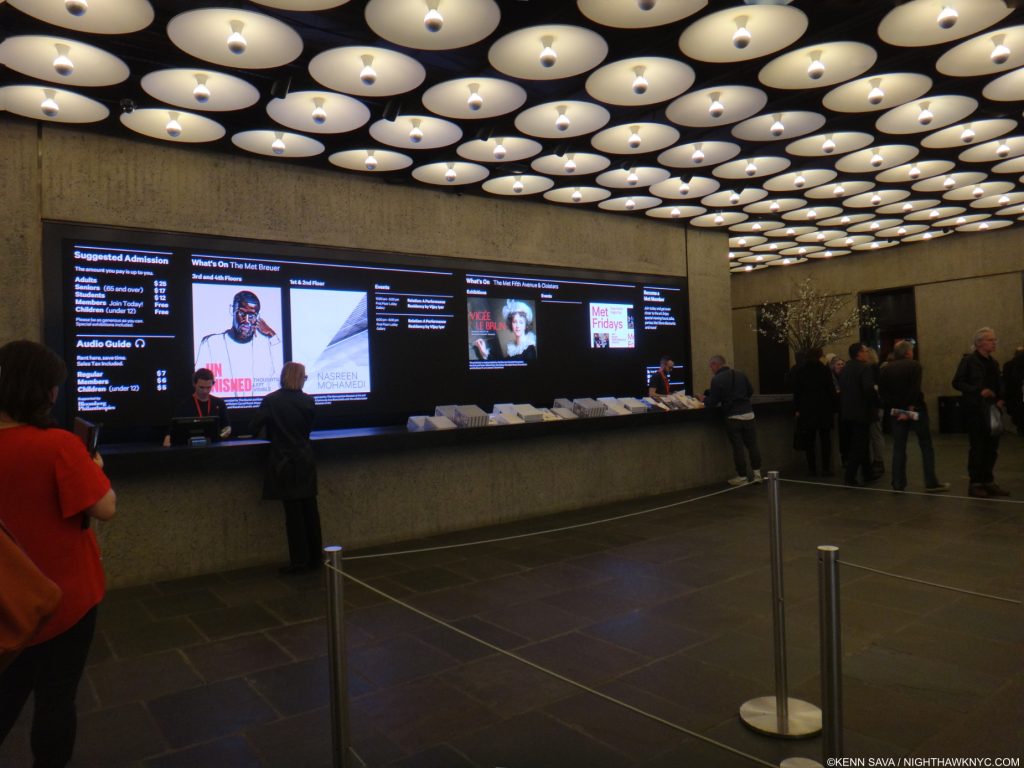
Guggenheim Museum Employees Protest Sudden Mass Layoffs

Title: Labor and Legacy: Protest Erupts Over Sudden Layoffs at the Guggenheim Museum
On April 16, the usually serene steps of New York’s famed Solomon R. Guggenheim Museum transformed into a vibrant stage for protest as chants of “Guggenheim’s cheap!” and “New York is a union town!” rang through Manhattan’s Upper East Side. More than 50 cultural workers gathered outside the iconic spiral building to rally against the abrupt termination of 20 museum employees, igniting a broader conversation about labor practices and institutional sustainability in the post-pandemic era.
Triggering the Tensions
The protest followed a February announcement by the Guggenheim Museum of staff cuts impacting multiple departments, a move the museum attributed to ongoing financial pressures related to the COVID-19 pandemic. Notably, 14 of the dismissed employees were unionized members of Local 2110 of the United Auto Workers (UAW), an organization representing technical, office, and professional workers in New York’s cultural and academic sectors.
Union representatives criticized the layoffs as sudden and discriminatory, particularly given their lack of advance notice and the museum’s history of similar actions. This month’s protest marked the third layoff event at the Guggenheim in the past five years, a troubling trend compounded by increased admission prices, hiring freezes, and other cost-cutting measures.
A Protest with Purpose
Coinciding with the opening reception for artist Rashid Johnson’s solo exhibition A Poem for Deep Thinkers, the rally commenced at 5:30pm and was carried out peacefully just outside the museum entrance. The show of solidarity drew workers from several esteemed institutions across New York, including the New Museum, the Museum of Modern Art, the Brooklyn Museum, and the American Folk Art Museum.
Demonstrators carried handmade signs and distributed colorful leaflets highlighting their grievances. Their goal: bring public attention to the precarious nature of museum employment and to urge visitors and patrons to press for ethical labor practices.
Inside vs. Outside: A Stark Contrast
As well-dressed guests lined up to attend the evening’s exclusive opening event, they were met by protestors urging them to voice dissent against the layoffs. Many attendees were reportedly unaware of the job cuts until receiving handouts from protestors.
Gabrielle Ford, one such reception-goer, shared her discomfort with the situation, saying it felt “odd” to be attending the museum celebration in light of the unfolding labor dispute. “They’ve not been able to have their voices heard, and that’s when people become suspicious,” she commented.
Personal Toll of Layoffs
Maureen Ahearn, a museum veteran of over 30 years, was among those laid off. Ahearn, 64, had been working in archive and library services—a department hit hard during the restructuring. She revealed her disappointment in how the dismissal was handled: without forewarning and without options to relocate or retain her at a reduced salary. “They could’ve moved me to another job,” she said, “but there was no notice.”
Ahearn’s story reflects a broader issue: the invisibility often faced by long-standing, behind-the-scenes museum staff, even amid public accolades for the institutions they help maintain.
Systemic Strains in Cultural Institutions
The Guggenheim is not alone in navigating financial instability. Across the U.S., many museums have faced similar dilemmas. The Brooklyn Museum, for instance, recently suspended a plan to lay off unionized staff amid public outcry and financial uncertainty stemming from a $10 million deficit. However, it had already dismissed at least five non-union workers and offered voluntary buyouts to 27 unionized staff members.
These fiscal and labor challenges expose tensions familiar throughout the arts world: balancing financial sustainability with ethics, employee welfare, and community engagement.
Cultural Institutions at a Crossroads
For many employed in cultural and academic fields, the repeated pattern of abrupt layoffs and limited accountability is undermining faith in the very institutions founded to foster knowledge and preserve cultural heritage. Unions and their supporters argue that such actions erode institutional credibility and diminish the art world’s inclusivity and accessibility.
Ellen Nigro, a conservator at the Brooklyn Museum who joined the Guggenheim protest, powerfully summarized this sentiment: “Workers are the community. By laying off its workers, the museum is taking away the livelihoods of its community members.”
Calls to Action
As the crowd of protestors dispersed into the evening, questions lingered: What does sustainability look like for cultural institutions? Are layoffs the inevitable future, or can museums reimagine their funding models, community relationships, and labor practices?
The rally outside the Guggenheim was not just a demonstration—it was a statement that cultural workers will continue to fight for transparency, direction, and respect within the art world. Whether institutions will match that energy and commitment remains an open question.
Conclusion
The Guggenheim layoffs—and the fervent pushback that followed—highlight